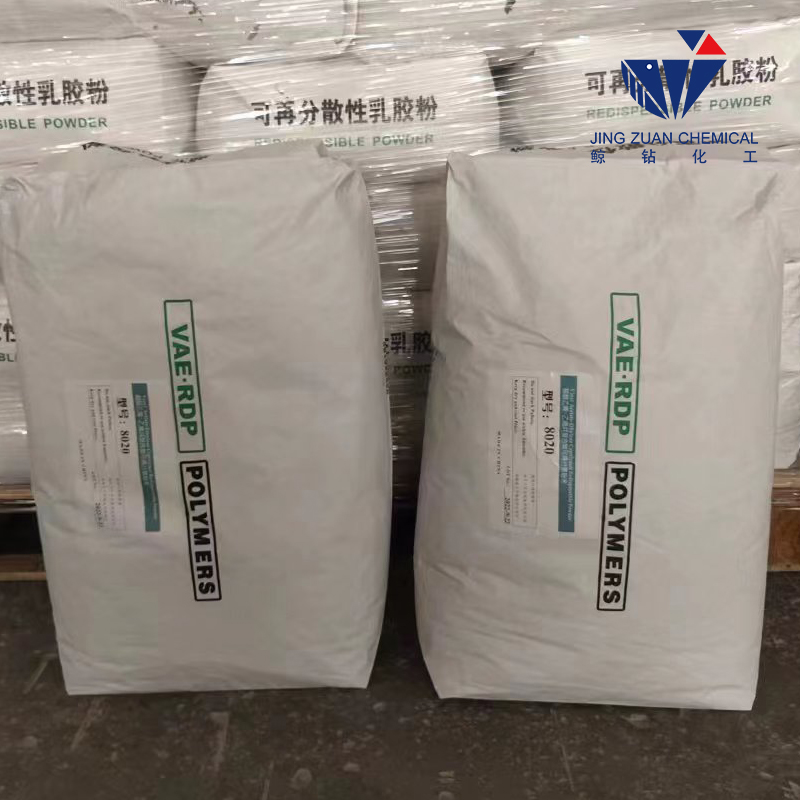
Oct . 11, 2024 23:18 Back to list
redispersible polymer powder
Understanding Redispersible Polymer Powder Applications and Benefits
Redispersible polymer powder, a fine, free-flowing powder, is a versatile additive widely used in various industries, notably in construction and coatings. These powders are created by spray-drying polymer emulsions, allowing for easy transportation and storage. When mixed with water, they rehydrate and restore their original properties, enabling a multitude of applications.
One of the most common applications of redispersible polymer powder is in the formulation of dry mix mortars, including tile adhesives, repair mortars, and exterior insulation and finish systems (EIFS). These powders enhance the performance of mortars by improving adhesion, flexibility, and water resistance. For example, when added to tile adhesive formulations, redispersible polymer powders significantly enhance the bond strength between the tile and the substrate, ensuring that tiles remain securely in place even under stress.
The benefits of using redispersible polymer powders extend beyond just improving adhesion. They also provide increased workability and reduced slump for cement-based mixtures, which makes them easier to apply. Additionally, they contribute to the overall durability of construction materials by improving resistance to cracking and weathering. This is particularly important in regions subjected to extreme weather conditions, where building materials must withstand thermal expansion and contraction.
redispersible polymer powder

Redispersible polymer powders also play a crucial role in enhancing the aesthetic qualities of coatings and paints. When incorporated into these formulations, they can improve the gloss, color retention, and overall finish of the product. Their presence helps prevent defects such as chalking and fading, ensuring that coatings maintain their visual appeal over time. Furthermore, these powders can improve the scrub resistance of paints, making them suitable for high-traffic areas where walls are subject to frequent cleaning.
In addition to construction applications, redispersible polymer powders are gaining traction in the production of various industrial products. In the textile industry, for instance, these powders are used to create materials with improved water-repellency and stain resistance. Similarly, in the paper industry, they enhance the printability and durability of paper products.
The environmental impact of redispersible polymer powders is also a consideration for manufacturers and users alike. Many of these powders are derived from sustainable sources, and because they enable water-based formulations, they contribute to lower emissions of volatile organic compounds (VOCs) compared to solvent-based systems. This aligns well with the growing trend towards environmentally-friendly construction materials and practices.
In summary, redispersible polymer powder is a vital component in modern construction and industrial applications. Its ability to enhance the performance and durability of materials makes it an invaluable additive for achieving high-quality results in a variety of contexts. As industries continue to evolve, the demand for these innovative materials is likely to increase, paving the way for further advancements in formulation technology. Whether in construction, coatings, or other sectors, redispersible polymer powders are set to play a significant role in shaping the future of materials science.
-
Versatile Hpmc Uses in Different Industries
NewsJun.19,2025
-
Redispersible Powder's Role in Enhancing Durability of Construction Products
NewsJun.19,2025
-
Hydroxyethyl Cellulose Applications Driving Green Industrial Processes
NewsJun.19,2025
-
Exploring Different Redispersible Polymer Powder
NewsJun.19,2025
-
Choosing the Right Mortar Bonding Agent
NewsJun.19,2025
-
Applications and Significance of China Hpmc in Modern Industries
NewsJun.19,2025







